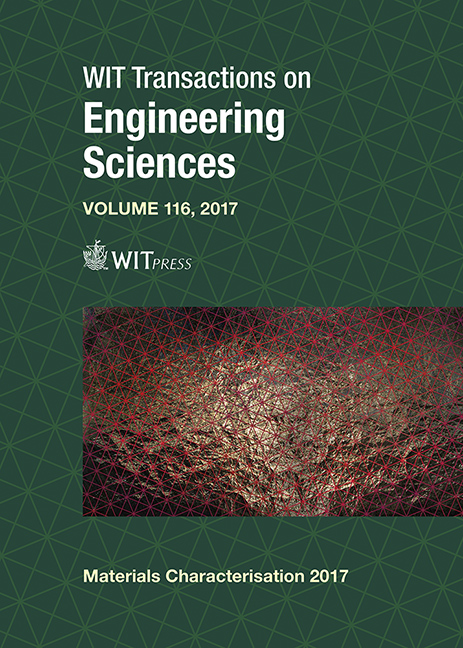THE SPLAT FORMATION ISSUE IN THERMAL SPRAY PROCESSES
Price
Free (open access)
Transaction
Volume
116
Pages
5
Page Range
181 - 185
Published
2017
Size
835 kb
Paper DOI
10.2495/MC170181
Copyright
WIT Press
Author(s)
MASAHIRO FUKUMOTO, DAIKI SUZUKI, NATSUKI MAEDA, MASAYOSHI JINBO
Abstract
Transition phenomenon in the flattening behavior of the thermally sprayed metallic particles has been recognized in our series of experimental works. Based on the results, a hypothesis has been proposed, namely, ultra-rapid cooled chill structure, preferentially formed at the bottom part of the splat, plays an essential role for the generation of the disk splat. Universality of this hypothesis beyond material difference was verified experimentally in our recent study, by using several kinds of ceramic materials with different thermal properties. To perform this, Al2O3, Y2O3 and YSZ powder materials were plasma sprayed onto AISI304 stainless steel substrate, and a fractional change of the disk splat with a substrate temperature increase was investigated, followed by a precise observation of the cross-section microstructure of the splats. The results obtained showed that unique amorphous and chill structures were observed in Al2O3 and Y2O3 splat at the bottom, respectively, indicating that similar disk formation mechanism in metallic material may act in these materials. On the other hand, only normal columnar structure was recognized in YSZ splat. It was indicated that a rapid increase in viscosity may act on this material. Consequently, our hypothesis was verified partially, beyond the materials difference.
Keywords
thermal spray, splat, transition temperature, chill structure, viscosity





